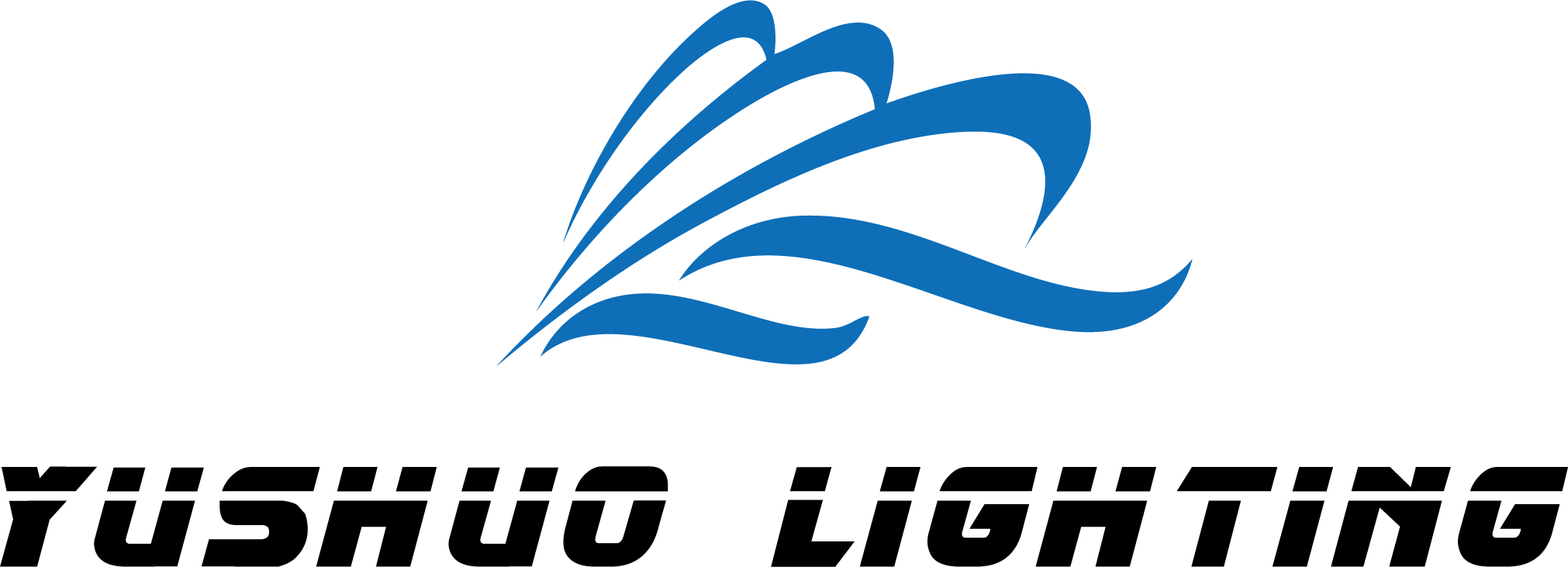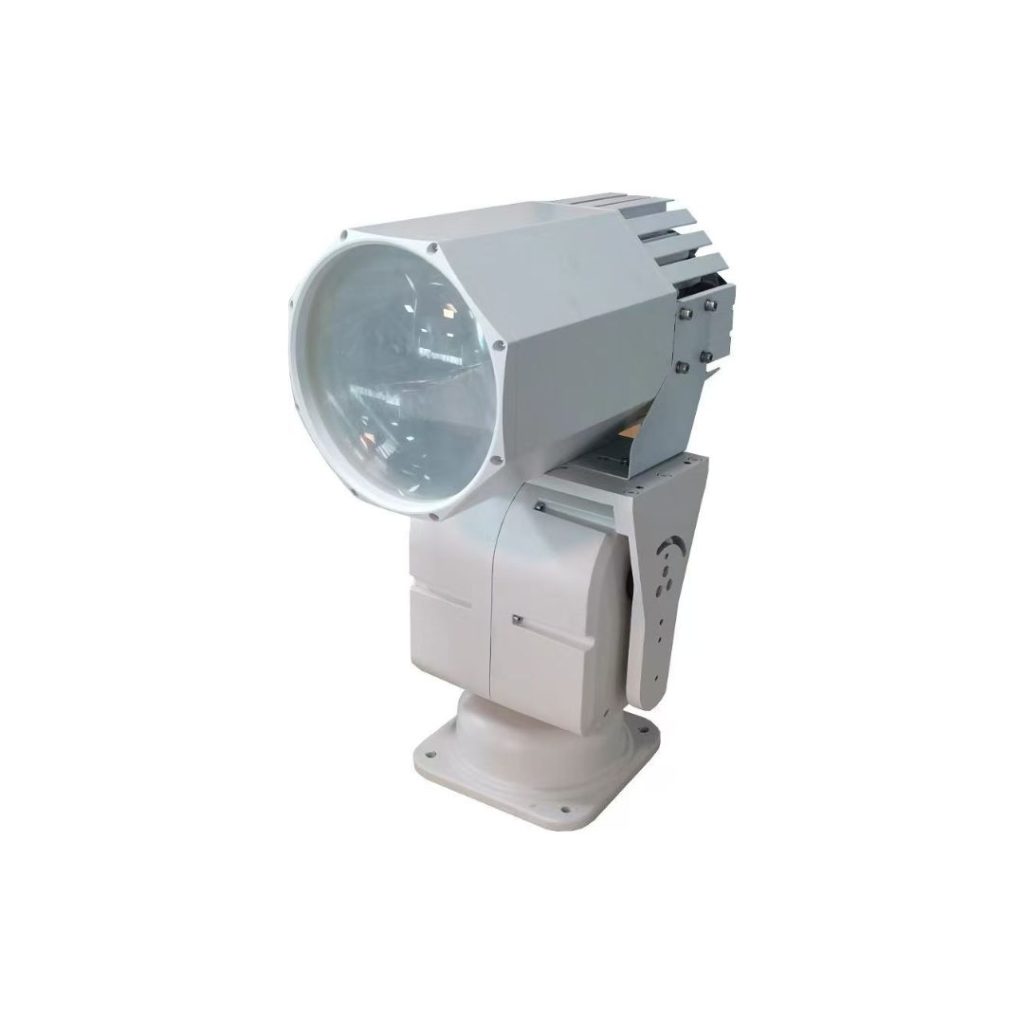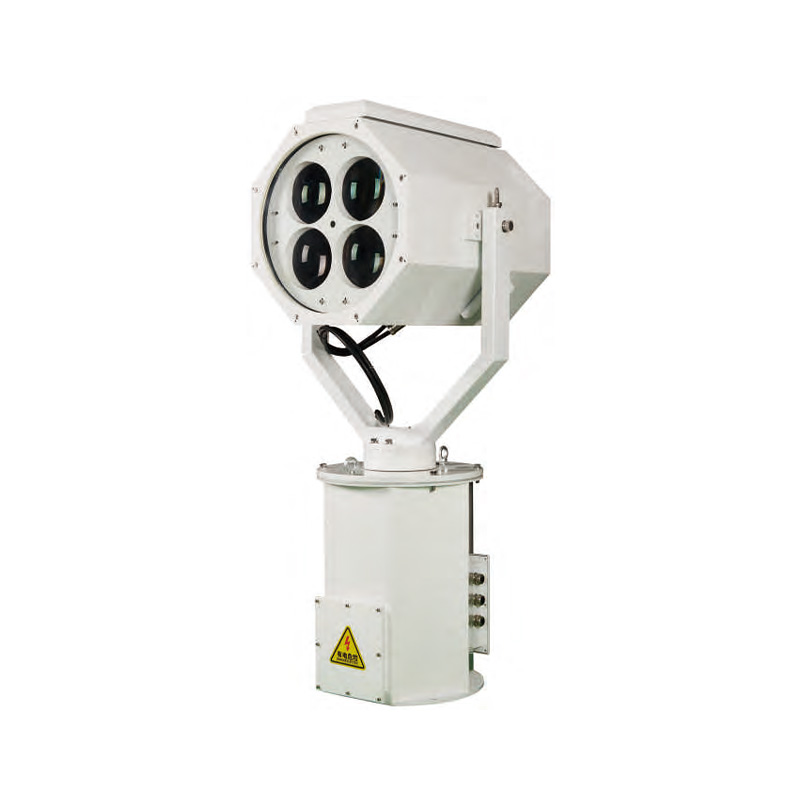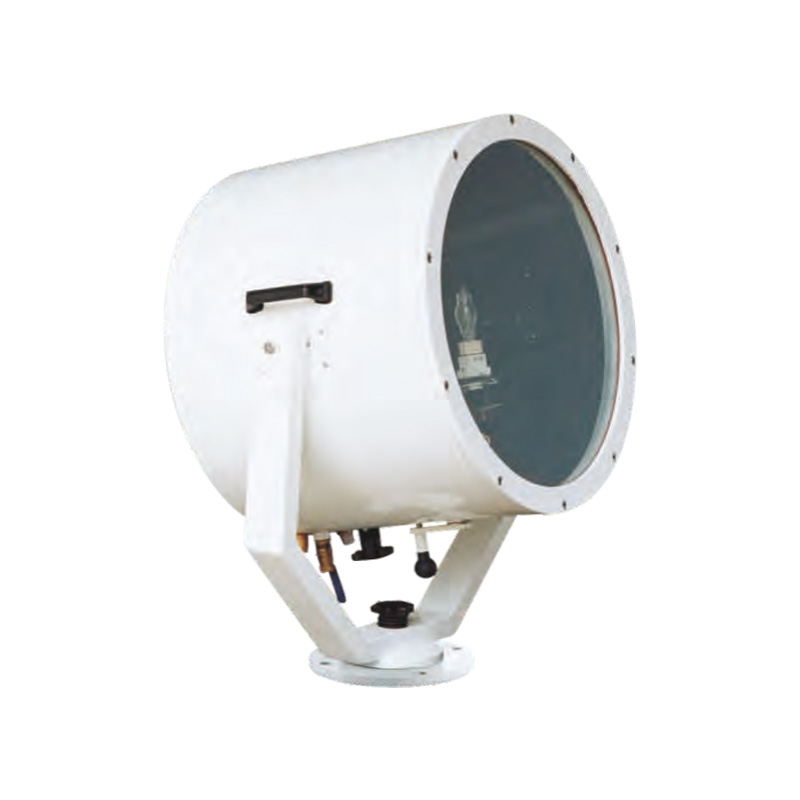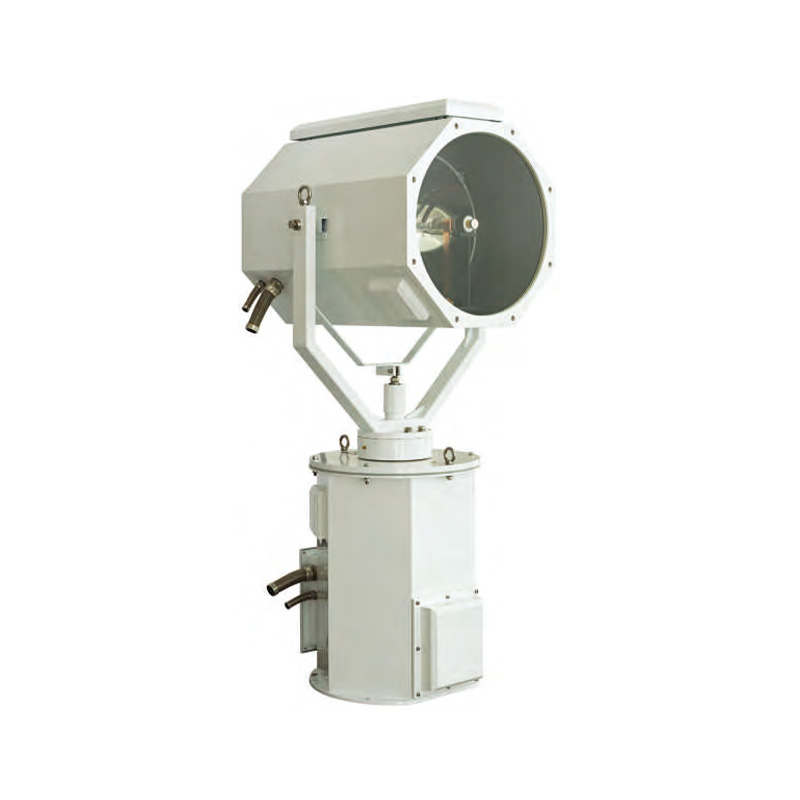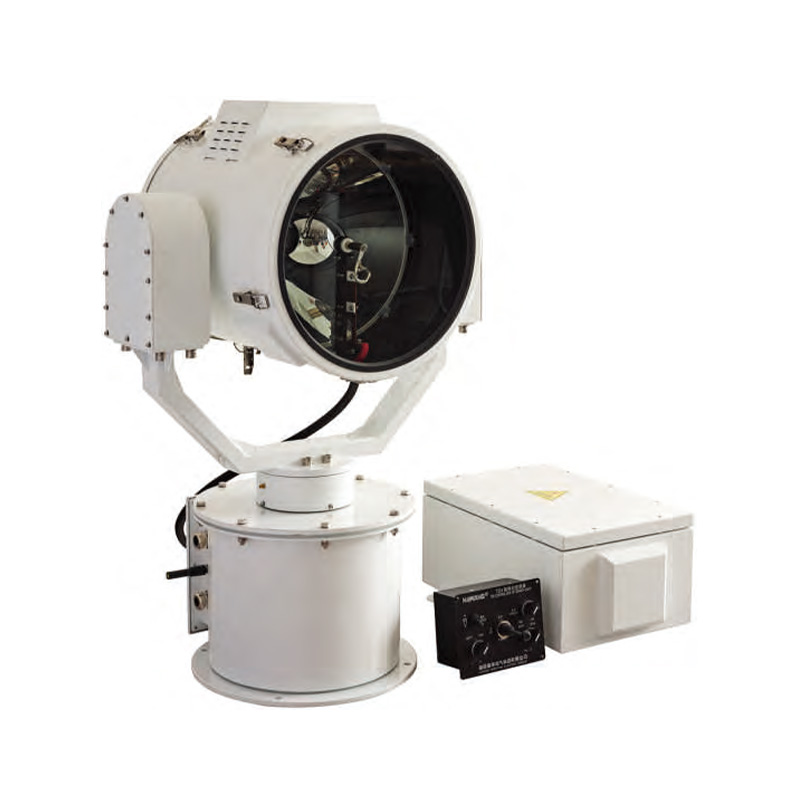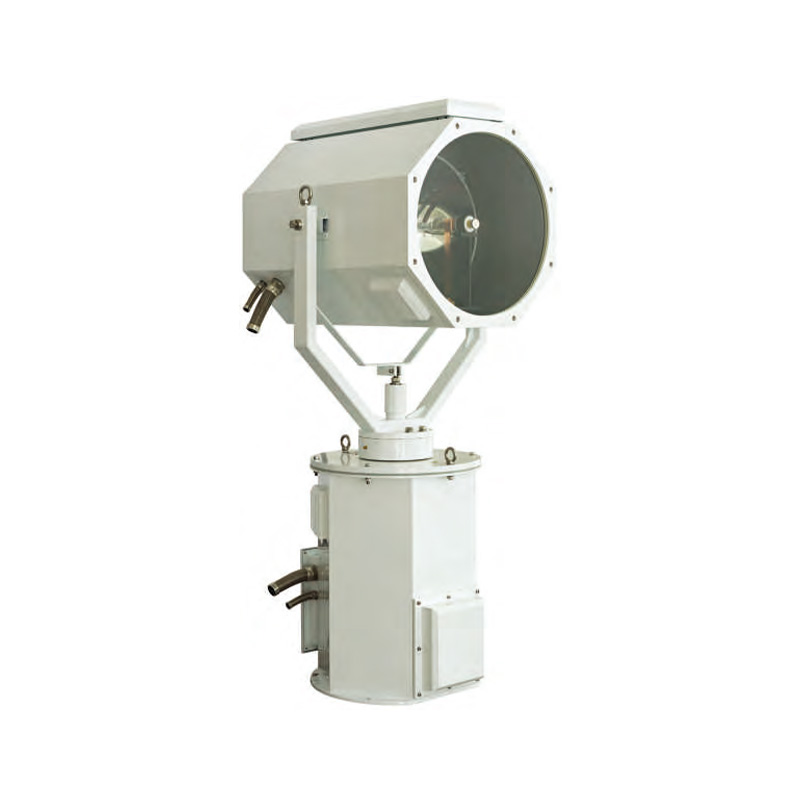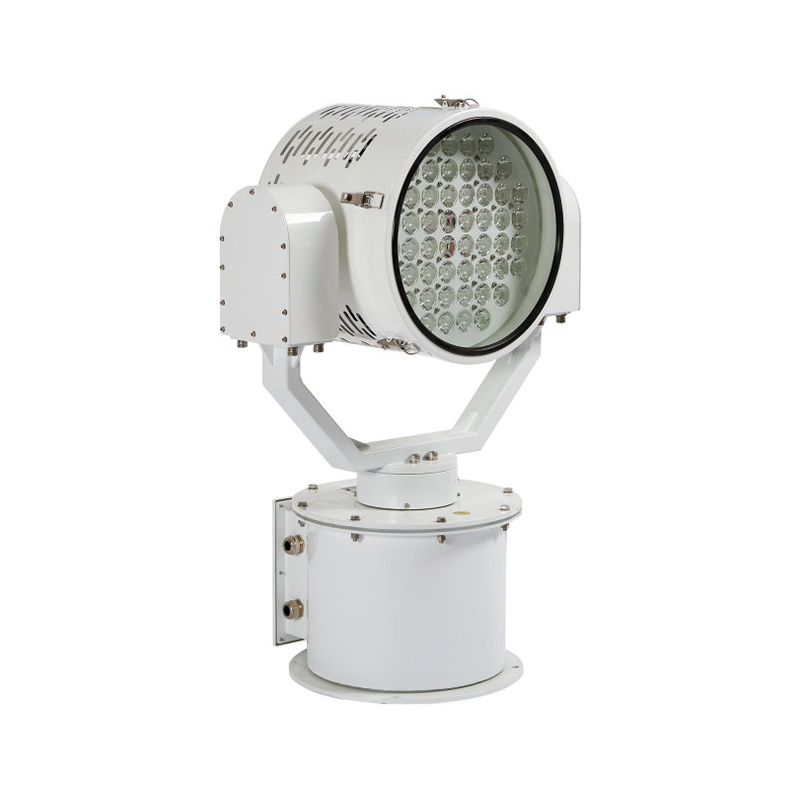How to Design Marine Searchlights for High Performance
Table of Contents
Marine searchlights are essential tools for maritime navigation, rescue operations, and ensuring safety at sea. Designing high-performance searchlights requires a focus on advanced lighting technology, robust construction, and innovative features. This article explores key considerations and approaches to designing marine searchlights for superior performance.
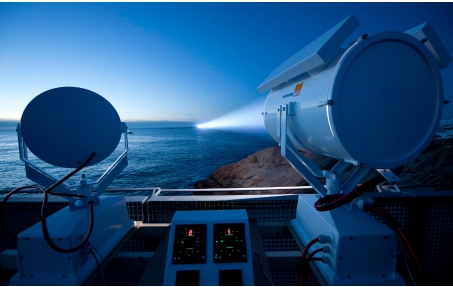
Why Designing Marine Searchlights is Important
1. Enhanced Visibility
Marine searchlights are essential for illuminating the surrounding area in low-light conditions, such as during nighttime operations or in adverse weather. Proper design ensures:
- High luminous intensity to pierce through fog, rain, and mist.
- Optimal beam focus to cover both long-range and wide-angle areas.
2. Safety and Navigation
Well-designed searchlights aid in identifying hazards like other vessels, floating debris, or obstacles. They also assist in:
- Preventing collisions.
- Marking pathways in congested waterways.
- Ensuring safe docking and undocking.
3. Search and Rescue Operations
Searchlights are vital in rescue missions at sea. Effective design allows:
- Precise targeting and illumination of areas during emergency searches.
- Fast, reliable operation to locate individuals or vessels in distress.
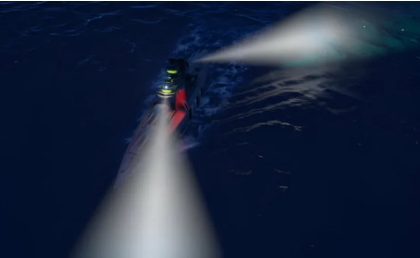
4. Durability in Harsh Marine Environments
Marine searchlights must withstand extreme conditions, including:
- Saltwater corrosion.
- High winds and waves.
- Temperature fluctuations. Advanced materials and robust designs ensure longevity and reliability.
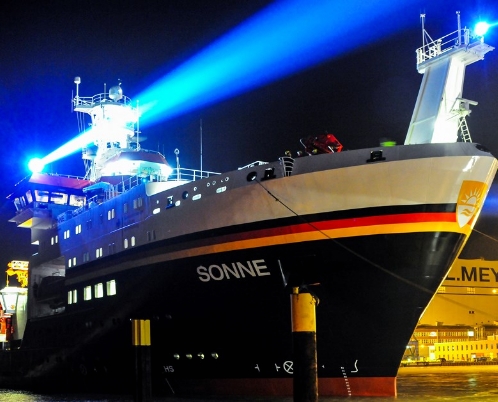
Key Considerations and Strategies for Designing Marine Searchlights
1. Advanced Illumination Technology
The primary purpose of a marine searchlight is to provide powerful and reliable illumination in all conditions. To achieve this, designers should focus on:
- High-Intensity Light Sources: Incorporate energy-efficient LEDs, xenon lamps, or halogen bulbs. LEDs are particularly favored for their brightness, longevity, and low energy consumption.
- Adjustable Beam Patterns: Allow for seamless transitions between narrow beams for long-range visibility and wide beams for close-range illumination.
- Enhanced Beam Clarity: Minimize light scatter and optimize beam distance to ensure clear visibility even in fog, rain, or rough seas.
2. Durable Construction for Marine Environments
Marine searchlights operate in challenging conditions, including exposure to saltwater, humidity, and extreme temperatures. Ensuring durability is paramount:
- Corrosion-Resistant Materials: Use marine-grade stainless steel or anodized aluminum for the housing to prevent rust and extend the product’s lifespan.
- Waterproof and Dustproof Design: Achieve an IP67 or IP68 rating to ensure the searchlight functions reliably in wet and dusty environments.
- Shock Resistance: Incorporate robust internal components and shock-absorbing mounts to protect the searchlight from vibrations and impacts.
3. Energy Efficiency and Power Management
Energy-efficient design is critical, especially for vessels with limited power resources.
- LED Technology: Opt for LED marine searchlight, which offer high brightness with minimal energy consumption.
- Dimming Capabilities: Provide adjustable brightness levels to conserve power during less demanding conditions.
- Thermal Management Systems: Include heat sinks and cooling mechanisms to prevent overheating and maintain performance.
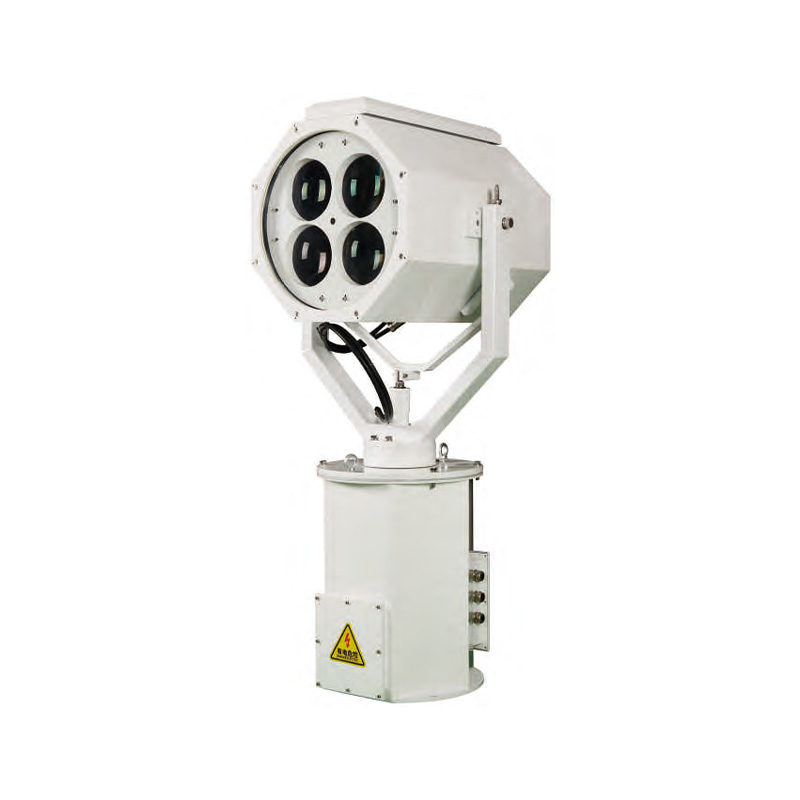
4. Advanced Control Systems
User control is a key element of a high-performance marine searchlight. Innovative control systems enhance usability and precision:
- Remote Operation: Remote control LED searchlights Include wired or wireless controls for adjusting the beam angle, direction, and intensity from a distance.
- Motorized Pan-Tilt Features: Allow 360° horizontal rotation and vertical tilt to cover a wide area with ease.
- Programmable Settings: Enable pre-configured beam patterns or movement sequences for quick deployment.
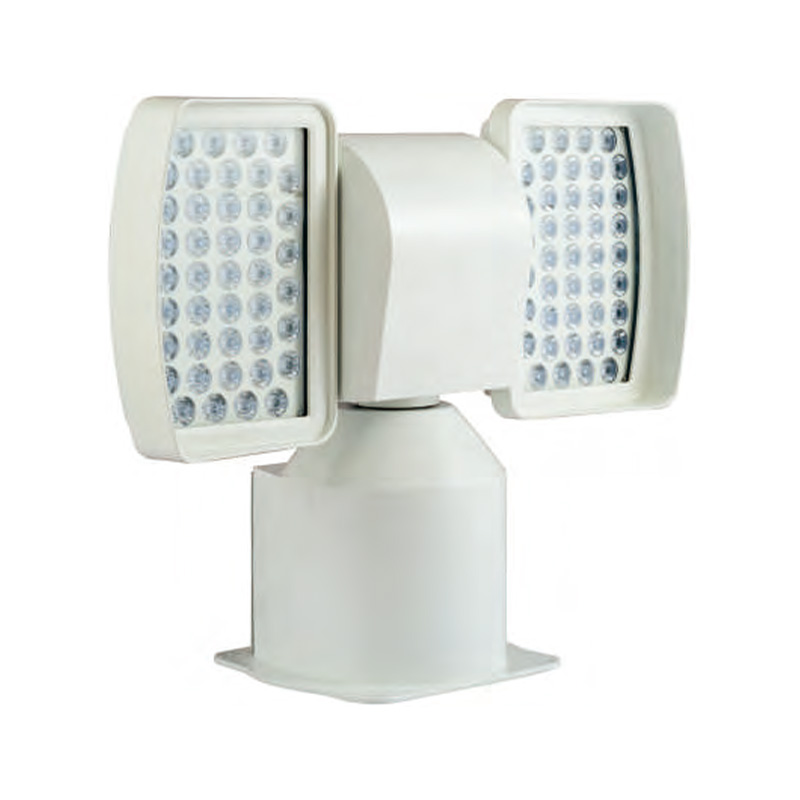
5. Safety Features and Reliability
Safety is critical for marine equipment. A high-performance marine searchlight should include:
- Backup Power Sources: Ensure functionality in case of power failure with redundant systems or backup batteries.
- Overheating Protection: Incorporate temperature monitoring systems to prevent damage during prolonged use.
- Impact-Resistant Lenses: Use polycarbonate or tempered glass to withstand impact and protect internal components.
6. Integration with Navigation Systems
Modern marine operations benefit from integrated technologies. Searchlights should be integrated with other navigation systems:
- Radar and Camera Sync: Coordinate with radar or thermal imaging systems for precise targeting in search and rescue missions.
- Smart Connectivity: Use IoT features to connect the searchlight with centralized ship controls for streamlined operation.
7. Ease of Maintenance
Maintenance efficiency ensures long-term performance and reduces downtime:
- Modular Design: Simplify assembly and disassembly for quick repairs or part replacements.
- Tool-Free Access: Allow users to clean or replace components without needing specialized tools.
- Durable Coatings: Apply anti-scratch and UV-resistant coatings to lenses and housing for extended durability.
8. Compliance with Maritime Standards
Adhering to international standards of marine lighting ensures that the searchlight meets safety and quality requirements:
- IEC 60598-2-3 Standards: Ensure compliance for lighting equipment in outdoor environments.
- Classification Society Approvals: Secure certifications from entities like DNV, ABS, or Lloyd’s Register to meet marine industry expectations.

Types of High-performance Marine Searchlights
This chart provides an overview of high-performance marine searchlights, helping users choose the right type for their operational needs.
| Type | Key Features | Best Applications |
| LED Searchlights | – Energy-efficient and long-lasting – Bright, focused beam – Low heat output | Navigation, general illumination, search-and-rescue operations |
| Xenon Searchlights | – High-intensity beam for long-range visibility – Instant start and stop – Superior brightness | Long-range spotting, emergency response, large vessels |
| Halogen Searchlights | – Affordable and widely available – Warm color temperature – Moderate range | Small boats, fishing vessels, and backup lighting |
| Infrared (IR) Searchlights | – Emits invisible light – Works with night vision systems – Stealthy operation | Military applications, surveillance, and covert operations |
| Dual-Beam Searchlights | – Combines narrow spotlight and wide floodlight modes – Adjustable beam patterns | Versatile for short and long-range operations |
| Solar-Powered Searchlights | – Eco-friendly and powered by solar panels – Low energy consumption – Portable options | Remote locations, eco-conscious vessels, low-power applications |
| Pan-Tilt Searchlights | – Motorized 360° rotation and vertical tilt – Remote-controlled operation – Precision targeting | Situations requiring dynamic coverage, search-and-rescue missions |
| Portable Marine Searchlights | – Lightweight and rechargeable – Easy to carry and deploy – Compact design | Temporary use, emergencies, and on-the-spot illumination |
| Laser-Based Searchlights | – Extremely focused beam – Exceptional long-range visibility – Precision illumination | Specialized applications like distant object detection and scientific research |
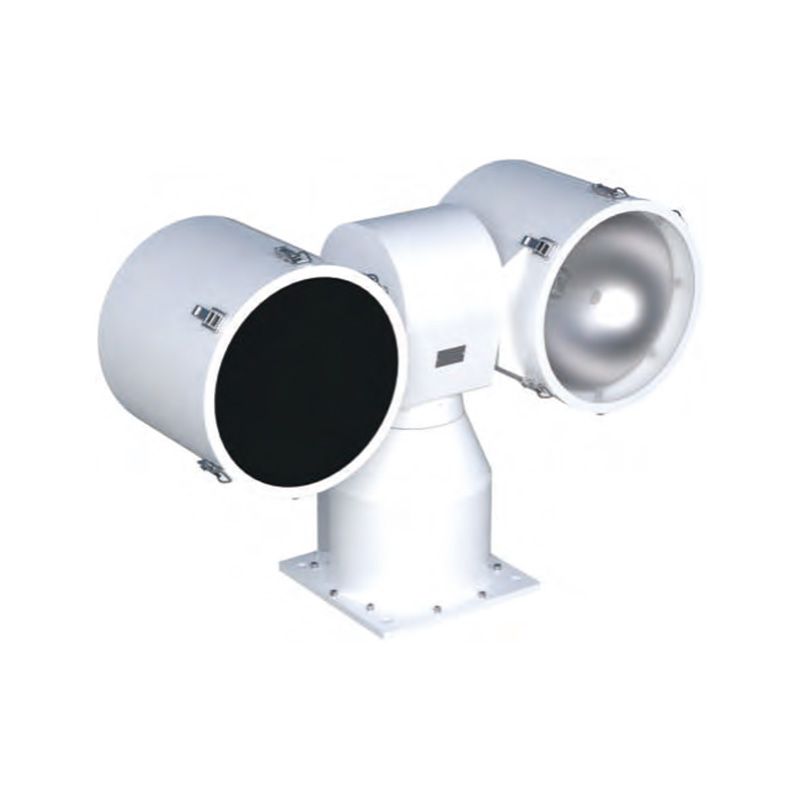
Summary
Through adopting advanced illumination technology, energy efficiency, ease of use, integration with navigation systems, etc, marine lighting manufacturers can design searchlights that excel in both functionality and reliability. High-performance marine searchlights are vital tools for ensuring safety and efficiency in maritime operations.
